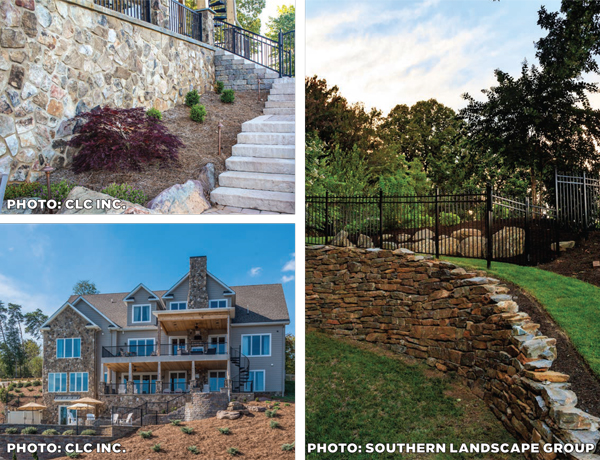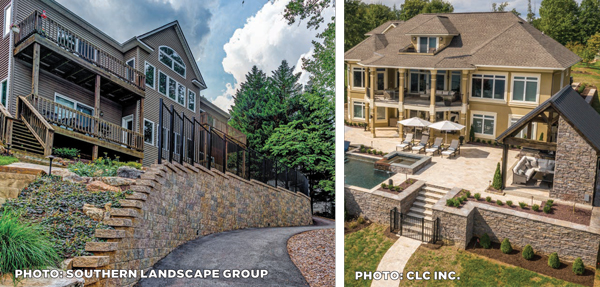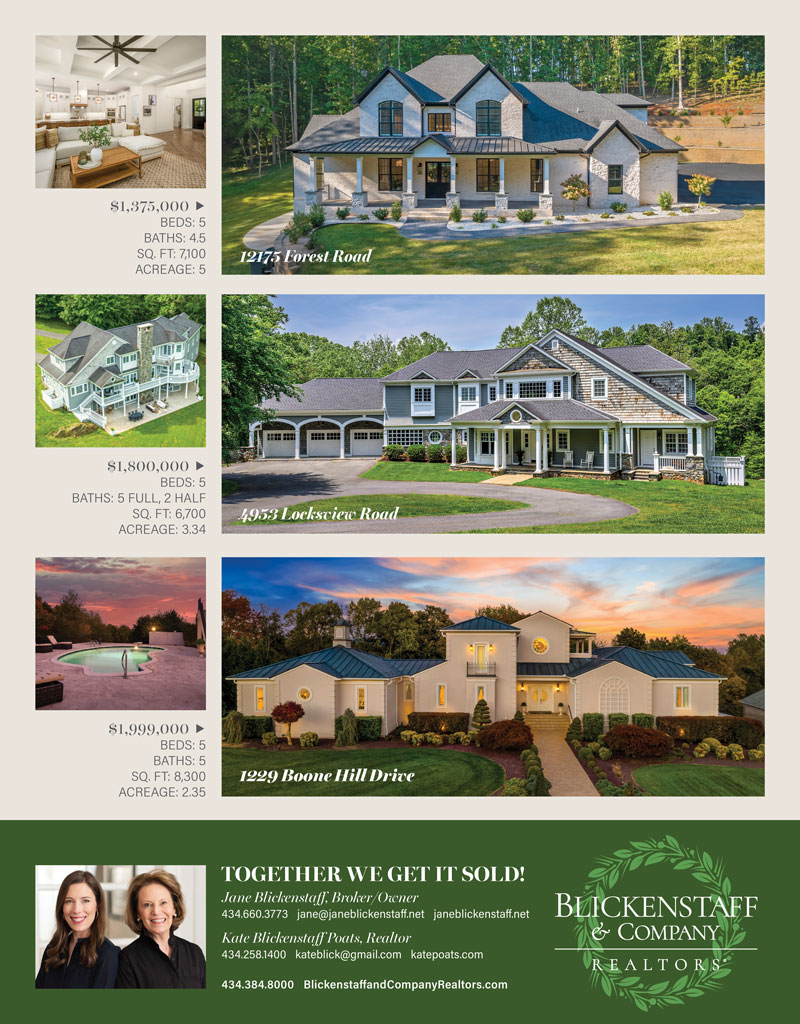Retaining Walls | Where Form Meets Function

Few landscape features combine aesthetics and function as well as retaining walls. These sculptural elements can be simple or massive, hidden behind a living green screen or showcased with plantings designed to draw attention. While energetic homeowners might be willing to jump into building a wall themselves—emboldened by the many do-it-yourself videos readily available online—experts advise careful contemplation and a thorough understanding of what’s needed.
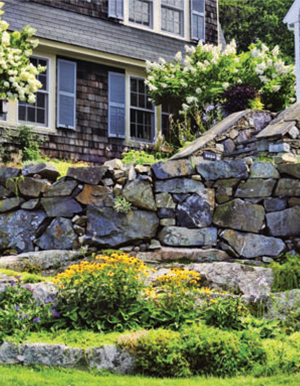 When to use
When to use
Retaining walls can be placed to add visual interest to a yard, creating planting beds for flowers, vegetables or herbs. Or they can define space, separating a driveway or walkway from an adjacent area. They can also create usable space, taking a sloped portion of a yard and leveling it so that a terrace, patio or fire pit is possible. Sometimes, retaining walls are needed to fight erosion, to actually prevent ground from falling away.
Chris Templeton, president of CLC Inc. in Forest, says before any project gets underway, homeowners need to identify their goals and evaluate the space available.
“Most homeowners don’t realize the amount of geo-grid, gravel and soil that is needed to properly construct a retaining wall,” he says. “Sometimes, people automatically jump to [building] a retaining wall, when just a well-placed landscape bed can fix their issue.”
Mark Maslow, president of Southern Landscape Group in Evington, agrees. “The most common mistake is when people put walls in the wrong places and create more of a problem,” he says. “[A wall] has to be the right application.”
 The basics
The basics
To the casual eye, a retaining wall might simply appear to be a stack of bricks or rocks nestled comfortably into the earth. What’s not seen is the deliberate architecture and construction that bolsters the wall and ensures its stability.
A properly dug footer is needed for a solid foundation. The wall needs to be placed at a slight angle (the “batter”) so that it leans into the ground, usually 1 inch off vertical for every 1 foot of wall height, creating stability. Behind the wall is drainage stone protected by filter fabric (to prevent soil infiltration), weep holes and a footing drain. The wall also has to have adequate backfill, so pressure from ground that swells during wet periods can be absorbed.
Before any brick, block or stone is laid, a plan is essential. The scope of the plan is determined by the wall’s size. Homeowners must contact their building inspection office, as regulations vary by locality. In some cases, a building permit may be required for a wall taller than 3 feet. In other areas, the limit could be 4 feet. Over that height, walls have to be designed by an engineer and installed by a professional.
Homeowners also have to consider whether the wall is purely decorative or will have to hold weight at the top, for sitting or walking.
“When they are built correctly, retaining walls perform very well, they accomplish goals,” Maslow says. “If a retaining wall is used in a way it wasn’t designed for, it will fail.”
RETAINING WALLS CAN ADD VISUAL INTEREST TO A YARD, CREATING PLANTING BEDS, OR THEY CAN DEFINE SPACE, SEPARATING A DRIVEWAY OR WALKWAY FROM AN ADJACENT AREA. THEY CAN ALSO CREATE USABLE SPACE, TAKING A SLOPED PORTION OF A YARD AND LEVELING IT SO THAT A TERRACE, PATIO OR FIRE PIT IS POSSIBLE.
The look
A variety of materials can be used to make retaining walls: timber, bricks, natural stone, manufactured blocks and poured concrete. Different materials yield different looks and have different costs, so it’s advisable to get a handle on pricing early.
“Quite a few homeowners don’t have any clue how much these projects can cost,” Templeton says. “A very low budget would require an all-gray basic retaining wall block. When you get into higher budgets, you can explore more decorative retaining wall blocks or get into poured walls with stone fencing.”
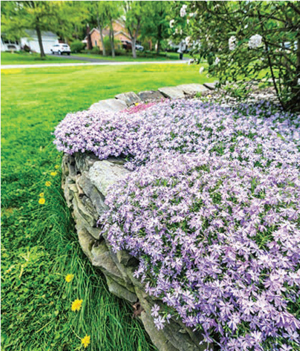 If aesthetics matter, there are options. Once the wall is built, it can be enhanced or screened with the addition of plants. Bushes at the base of a tall wall will grow and eventually draw attention away from the wall. Climbing plants or trailing vines can soften what would otherwise be a harsh façade.
If aesthetics matter, there are options. Once the wall is built, it can be enhanced or screened with the addition of plants. Bushes at the base of a tall wall will grow and eventually draw attention away from the wall. Climbing plants or trailing vines can soften what would otherwise be a harsh façade.
“You can use a block that is natural-looking, add planters into the wall, create a tiered set of walls instead of one large wall, or add a trellis to the front,” Templeton says. “You can also install outdoor lighting, which adds a whole new element at night.”
The ultimate goal, of course, is to have a functional wall that adds to a landscape without creating problems in the future.
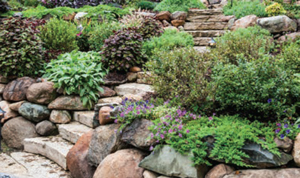 “Think about what kind of wall you’re going to build, what the structural requirements are; know what you’re getting into,” Maslow says. “When done properly, you can transform the land, make it more usable, more functional, more aesthetic.” ✦
“Think about what kind of wall you’re going to build, what the structural requirements are; know what you’re getting into,” Maslow says. “When done properly, you can transform the land, make it more usable, more functional, more aesthetic.” ✦
bricks, erosion, footer, garden, manufactured blocks, natural stone, poured concrete, retaining walls, stability, timber
